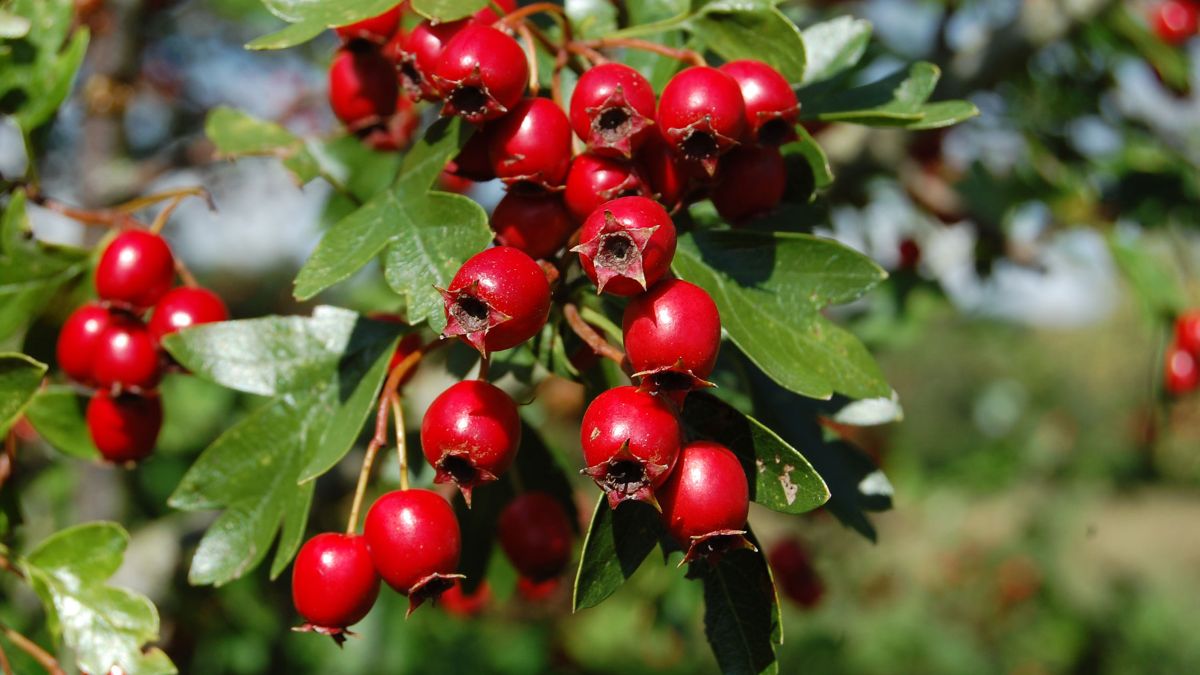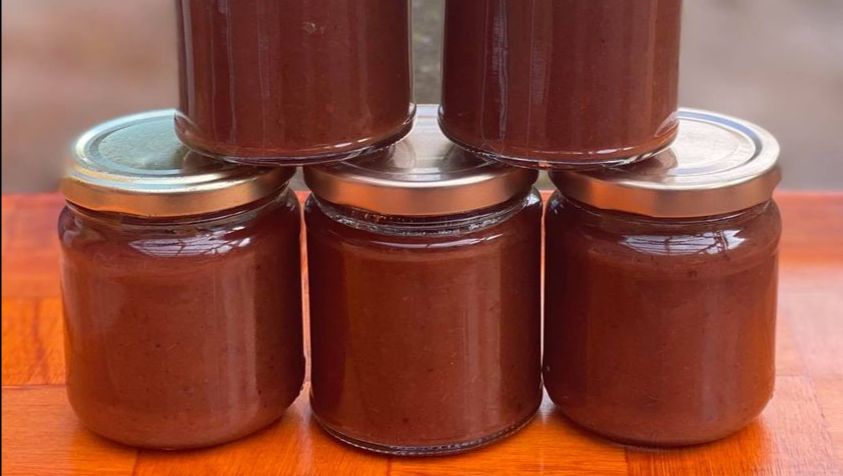In Season - Autumn Fruits & Foraging

One of the regular highlights in our Inbox here at ireland-guide.com is the monthly newsletter from Neantóg, Gaby and Hans Wieland’s organic Garden, Kitchen & School at Cliffony, Co Sligo. Always brimming with good cheer, good ideas and good sense, it’s a real tonic. And Neantóg is the Irish word for nettle which, far from being ‘just a weed’, is as they say on their website, ‘nourishing, healing and energising -and these qualities inspire our teaching on our courses in organic gardening, plant-based cooking, sourdough baking, fermenting and foraging’. This month’s Neantóg newsletter is a corker, with contents including the results of their 2023 Pepper and Chilli trial, a piece about green manures for soil fertility, Community Garden News, recipes for seasonal produce (notably apples at the moment) - and their Plant of the month, which is the often overlooked Hawthorn (Whitethorn - Crataegus ocyacanthoides).
Hawthorn belongs to the Rose family. It grows in hedgerows, scrub and woodland margins. The thorny shrubs or small trees have clusters of white or pink flowers in spring followed by deep red berries in autumn. It survives poor soils and high winds. Now is the time to harvest the red berries of hawthorn and either dry them, make a tincture or use them in the kitchen (see chutney recipe below). You can also make hawthorn berry elixir, hawthorn berry leather to use as a snack, chutney or ketchup.
Rich in antioxidants and best known for its relation to the heart, Hawthorn has been used as a herbal remedy for hundreds of years, notably as a circulatory tonic which is said to protect and strengthen the heart muscle and its blood supply. NB: If you have any warning signs relating to the heart, you should always get a check-up with your doctor first, and if you are on medication it is best to arrange a consultation with a herbalist.
Bearing that caution in mind, hawthorn can be used for:
• Mild to moderate hypertension
• Rapid heartbeat and thrombosis
• It is a very safe herb and can be taken long term
• It has calming qualities and can help to reduce anxiety and mood swings
• It also helps to lower cholesterol
• It is also used for treating digestive problems
RECIPE:
 Hawthorn Berry Chutney
Hawthorn Berry Chutney
Hawthorn berries are normally abundant in September, you just have to find the right spots. This recipe is a fun way to add interesting new flavours to your dishes with its tart, tangy taste. (NB: If you are new to foraging, use a guide book for identification.)
Ingredients:
1kg Hawthorn berries
500ml cider vinegar
350g brown sugar
1 tsp ground ginger
½ tsp ground nutmeg
¼ tsp ground allspice berries
1 tsp sea salt or Himalayan salt
black pepper
Small handful of thyme - optional
Method:
1. Remove the stalks from the hawthorn berries.
2. Wash the berries and place in a large saucepan.
3. Add the cider vinegar and salt and bring to the boil.
4. Once boiling, reduce the heat to a simmer and cover and cook for one hour.
5. Pass the contents of the saucepan through a metal sieve or food mill and be sure to remove all the pulp from beneath the sieve or food mill.
6. Return to a clean saucepan.
7. There will be around 1 pint / 600ml of pulp.
8. Remove the leaves of the thyme sprigs and chop finely.
9. Add the spices, sugar and some black pepper to the pulp and cook, stirring continuously, for 5-10 minutes.
10. Stir in the thyme leaves, if using, at the end of the process.
11. Fill into sterilised hot jars, seal tightly, turn upside down for a minute and back again. Cover with a kitchen cloth until cooled down.
12. Let it mature for 2-4 weeks before use.
Note: The yield will be around 5 x 200g jars. You can easily double the recipe to make a lovely stock of presents for your friends and neighbours





There are currently no comments
Leave a comment
Not a member? Register for your free membership now!
Or leave a comment by logging in with: